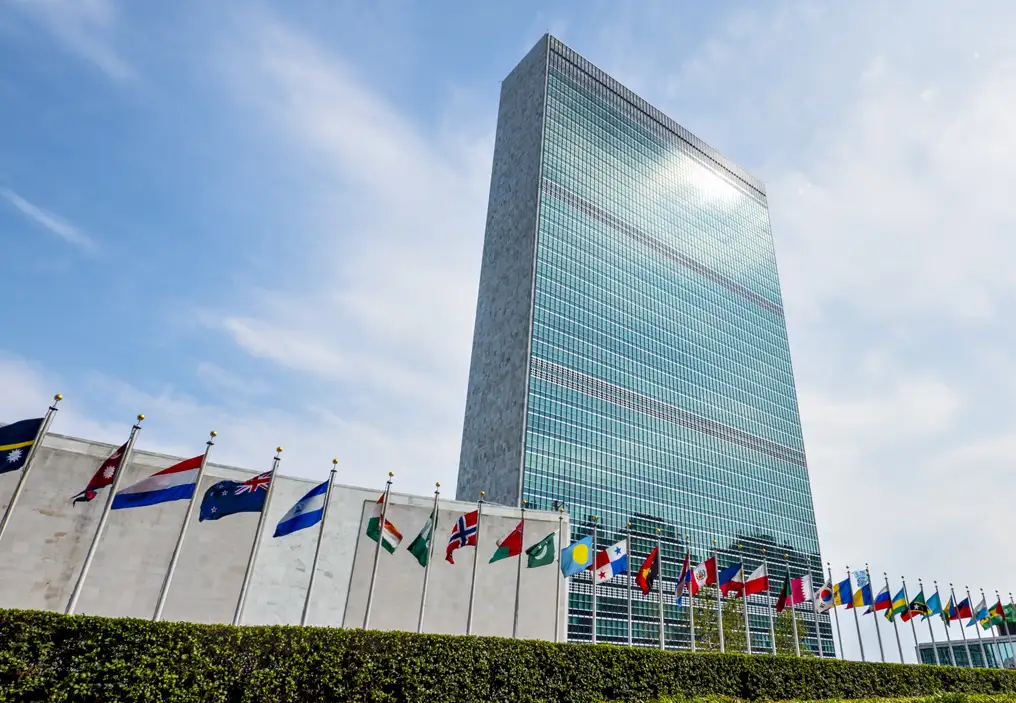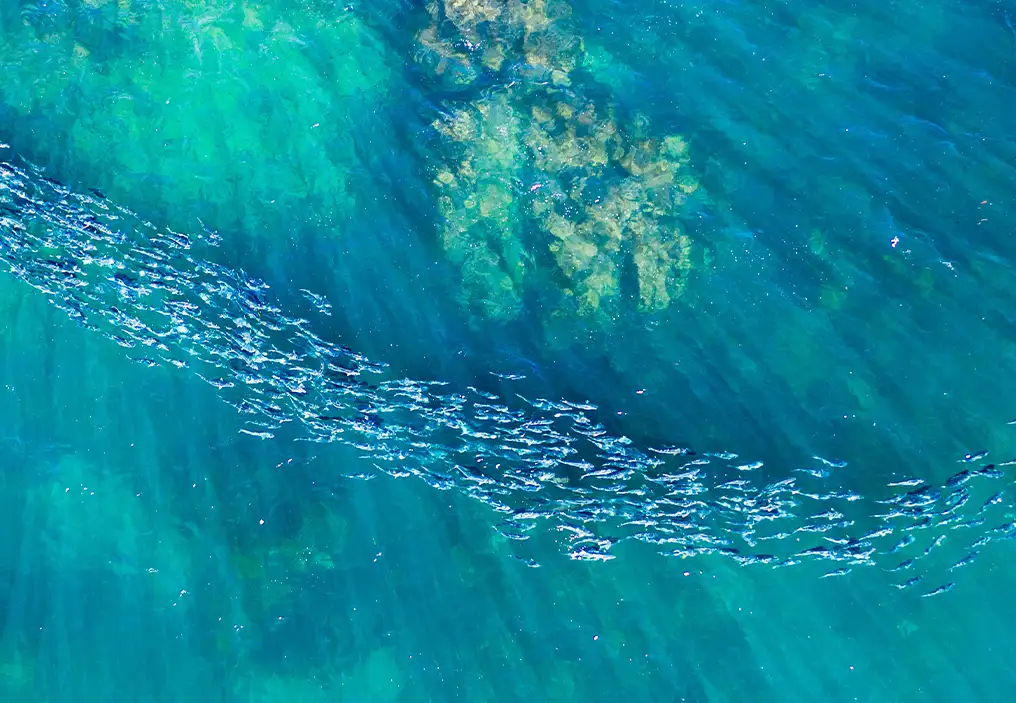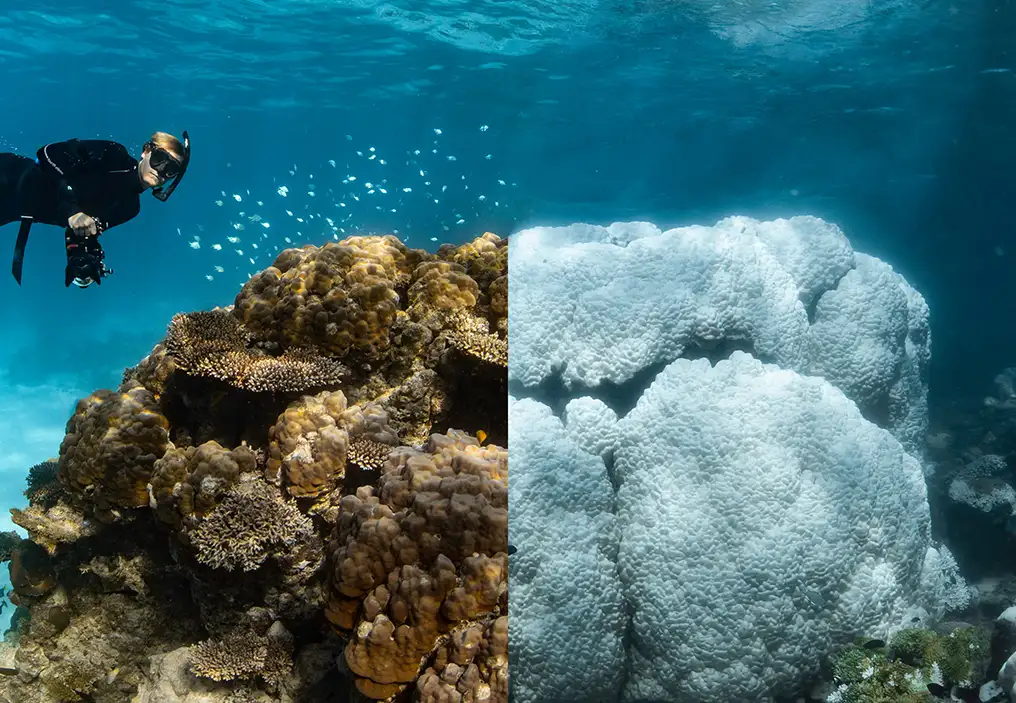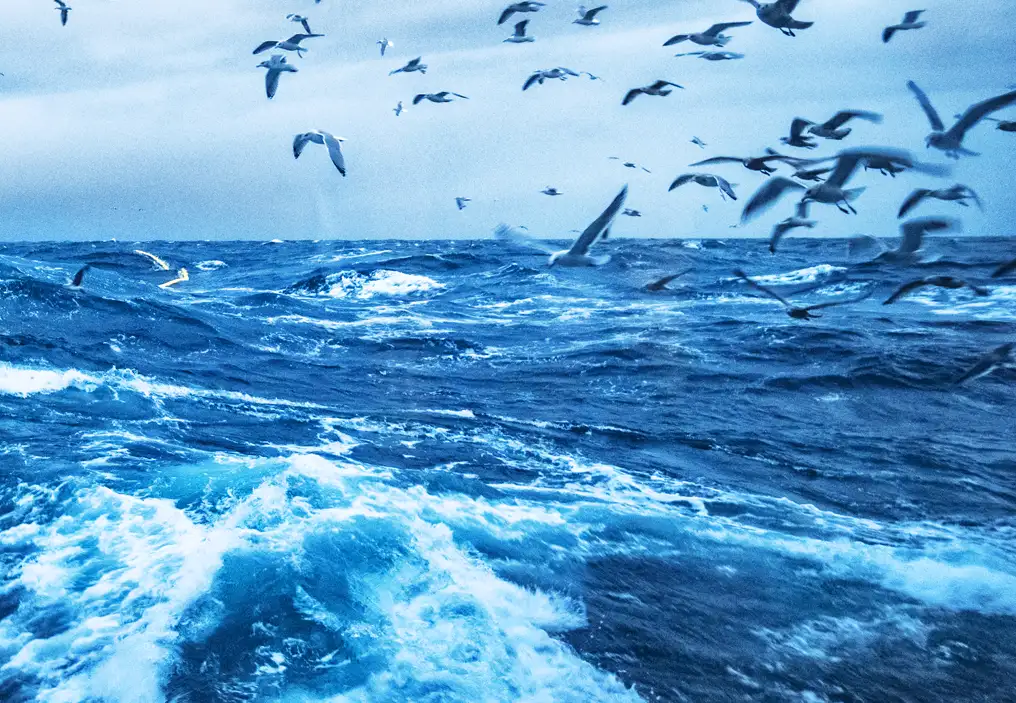The outcomes decided in Brazil this month will shape how climate action unfolds across our region – from the pace of emissions cuts, to how communities will respond to the unavoidable realities of a warming planet.
by Hannah Quill, Climate Action Specialist, Minderoo Foundation
Climate change is already reshaping life across Australia and the Pacific. Coral bleaching, coastal erosion, shifting fisheries and more frequent extreme heat and weather are affecting livelihoods, health and the places people call home.
This is the backdrop for COP30, the 30th annual United Nations Climate Change Conference, taking place in Belém, Brazil at the gateway to the Amazon. COP, short for Conference of the Parties, is the world’s largest gathering of organisations working to address the climate crisis, including governments, civil society, business and development finance institutions.
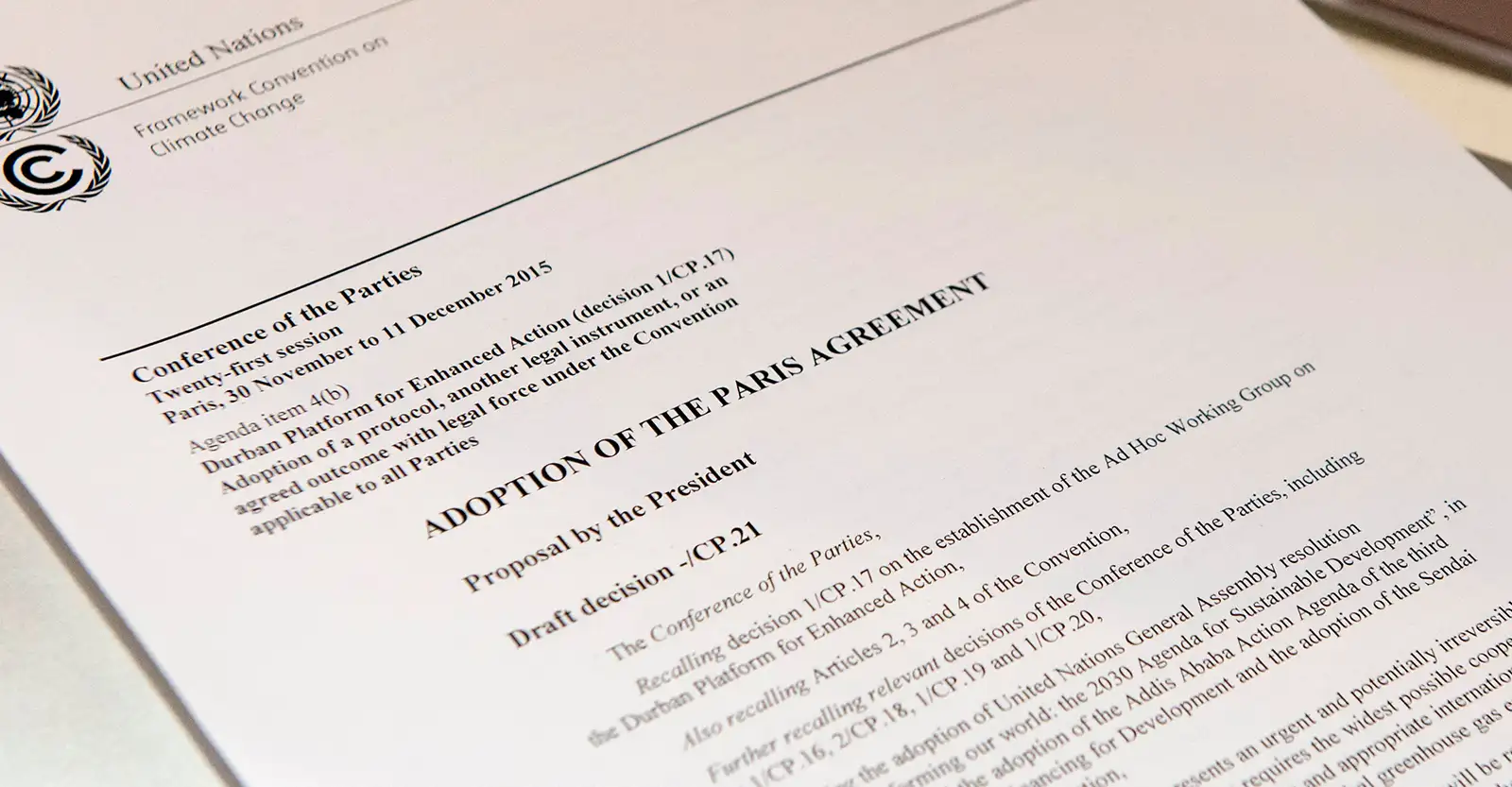
COP30 is one of the most significant summits since the Paris Agreement was negotiated at COP21 in 2015.
It must mark a shift from setting goals to delivering results, a moment to test whether countries are serious about closing the gap to limit global warming to the 1.5°C target, and protecting communities already living with climate consequences.
The focus at Belém this year is clear: moving from ambition to delivery. Decisions made in Brazil will influence how climate action reaches our region, how fast emissions fall, how nature is protected and how communities adapt to the already locked-in impacts of a warming world.
Here are nine things to know.
1. COP30 will be a major test of the Paris Agreement.
With the adoption of the Paris Agreement in 2015, countries set a goal to limit global warming to well below 2°C, ideally 1.5°C, and to regularly submit national climate plans to guide actions. Now 10 years on from Paris in a world increasingly experiencing the reality of climate impacts, emissions continue to increase and government commitments reflect a lower level of ambition that is needed to meet the Paris targets.
UN Secretary-General António Guterres recently called for a dramatic course correction to avoid crossing irreversible planetary limits. He warned that overshooting the 1.5°C threshold is now inevitable, and that doing so risks triggering tipping points that threaten to turn the Amazon into a savannah, melt Greenland’s glaciers, and kill off the world’s coral reefs, with devastating consequences for people and the environment.
COP30 is a critical checkpoint to assess progress, confront gaps and push for stronger delivery.
2. Countries will submit new climate plans to 2035.
Under the Paris Agreement, every country is required to submit national climate plans, known as Nationally Determined Contributions or NDCs. They outline how the government will reduce emissions – with the option to outline how they will support communities to adapt to climate change. These plans are updated every five years to reflect progress, ambition and changing conditions.
In September Australia submitted its latest NDC, committing to a 62-70 per cent reduction in emissions by 2035, compared to 2005 levels. Ahead of the submission, business and climate groups, including the Business for 75 campaign, called for a stronger target of at least 75 per cent, arguing it aligns with science and positions Australia to lead in the global clean economy. With states, territories and industry already moving, the call for federal policy to catch up is growing louder and businesses are increasingly engaging in global climate forums like COP30 to help shape the path forward.
3. Cutting emissions at the source is essential.
Fossil fuels are the primary driver of climate change. From extraction to use, coal, oil and gas release greenhouse gases like carbon dioxide and methane into the atmosphere, trapping heat faster than the planet can absorb. These emissions come not only from burning fossil fuels for energy, but also from industrial processes, transport, agriculture and other everyday activities. The result is a buildup of heat-trapping gases that disrupt the Earth’s climate systems and drive global warming.
There is growing scrutiny of approaches like offsets and unproven carbon removal technologies, like carbon capture and storage, which can delay meaningful action.
That’s why the focus is shifting to Real Zero – this approach specifically focuses on cutting emissions at the source by phasing out fossil fuels entirely.
Australia is one of the world’s largest fossil fuel exporters, especially gas, yet earns little to no economic return with high environmental costs. While the national electricity grid is rapidly decarbonising, the export footprint tells a different story. Reducing emissions at the source is critical to stabilise the climate, protect human health and ensure Australia’s leadership on renewables isn’t undermined by what is sent overseas.
4. Extreme heat and lethal humidity are already threatening livelihoods.
Climate change is driving more frequent and intense heatwaves, and rising humidity linked to increasing global temperatures is making things worse. When heat and humidity combine, they can exceed the body’s ability to cool itself, threatening human survivability limits. These thresholds pose serious risks to health, food and water security, migration and productivity globally.
Lethal humidity is an emerging climate impact that must be recognised in climate policy. It’s not just a health issue, it’s a warning signal that the climate is reaching dangerous physiological limits.
The Lethal Humidity Global Council is building the evidence base to understand how humid heat affects people and places, and why this escalating threat reinforces the urgency of achieving Real Zero emissions. It is also laying the groundwork for large-scale policy solutions that address the threat of fossil fuel use, including the development of heat adaptation plans and a global early warning system to forecast deadly humid heatwaves weeks in advance.
5. Supporting communities to adapt is critical.
Even if warming is limited to 1.5°C, climate impacts will continue, because that target still represents a significant increase compared to the temperatures and environmental conditions ecosystems and infrastructure exists within. Communities are already facing worsening bushfires, floods, rising seas and extreme heat.
COP30 will focus on how countries prepare for these locked-in impacts, especially in coastal and island regions. This includes early-warning systems, local planning, and practical measures to keep people safe.
In Australia and the Pacific, adaptation means preparing for more volatile weather, protecting vulnerable communities, and ensuring resilience is built into infrastructure, health systems and emergency response.
6. Oceans are central to climate action.
The ocean regulates the Earth’s climate, absorbing over 90 per cent of excess heat in the atmosphere and capturing around 30 per cent of annual greenhouse gas emissions. But rising temperatures, acidification and overfishing are putting ocean systems under stress.
Marine Protected Areas (MPAs) are one of the most effective tools to safeguard biodiversity and restore ocean health. They protect habitats, support fisheries, and help the ocean do what it does best: regulate temperature and absorb carbon.
Minderoo is working with partners like the Blue Nature Alliance to help countries protect at least 30 per cent of the ocean by 2030, and new tools like environmental DNA (eDNA) are improving how we track biodiversity and change in real time.
7. Pacific leadership is shaping global action.
Pacific nations are on the frontlines of climate change, with many being low-lying island states facing rising seas, saltwater intrusion, and intensifying storms that threaten homes, food systems and national sovereignty.
Their leadership in global climate diplomacy is grounded in lived experience, helping push international action on fossil fuel phase-out, adaptation and resilience.
A landmark moment came in July 2025, when the International Court of Justice (ICJ) delivered its advisory opinion in a case led by Vanuatu and supported by Pacific youth and governments. The ruling confirmed that countries have a legal obligation to act on climate and protect current and future generations from harm. This is the first COP since that decision, and the legal precedent gives Pacific nations new leverage to demand global accountability and ambition.
8. Nature protection strengthens community resilience.
Natural ecosystems like forests, wetlands and reefs don’t just protect communities, they actively stabilise the climate. Through photosynthesis, plants absorb carbon dioxide and store it in biomass and soil, making terrestrial ecosystems powerful carbon sinks.
Protecting and restoring these systems is essential to both climate action, conserving biodiversity, and community wellbeing. Healthy ecosystems store carbon, stabilise coastlines, support food security and reduce disaster risk. Taking action to halt and reverse deforestation by 2030 is one of the most powerful climate actions we can take now – ending tropical deforestation and letting damaged forests recover could reduce current annual global greenhouse gas emissions by as much as 24 to 30 percent.
At COP30, nature protection is a key focus, not just for resilience, but for reducing emissions and safeguarding the planet’s life-support systems.
9. COP30 sets the tone for COP31.
Australia is bidding to host COP31 in partnership with Pacific nations, a rare and significant opportunity to lead on climate action in our region and raise national ambition.
The bid outcome is expected to be announced at COP30, and if successful, it would bring the world’s largest climate forum to our doorstep, amplifying Pacific perspectives and showcasing Australia’s potential to drive the energy transition, protect nature and mobilise funding for clean energy, adaptation and resilience.
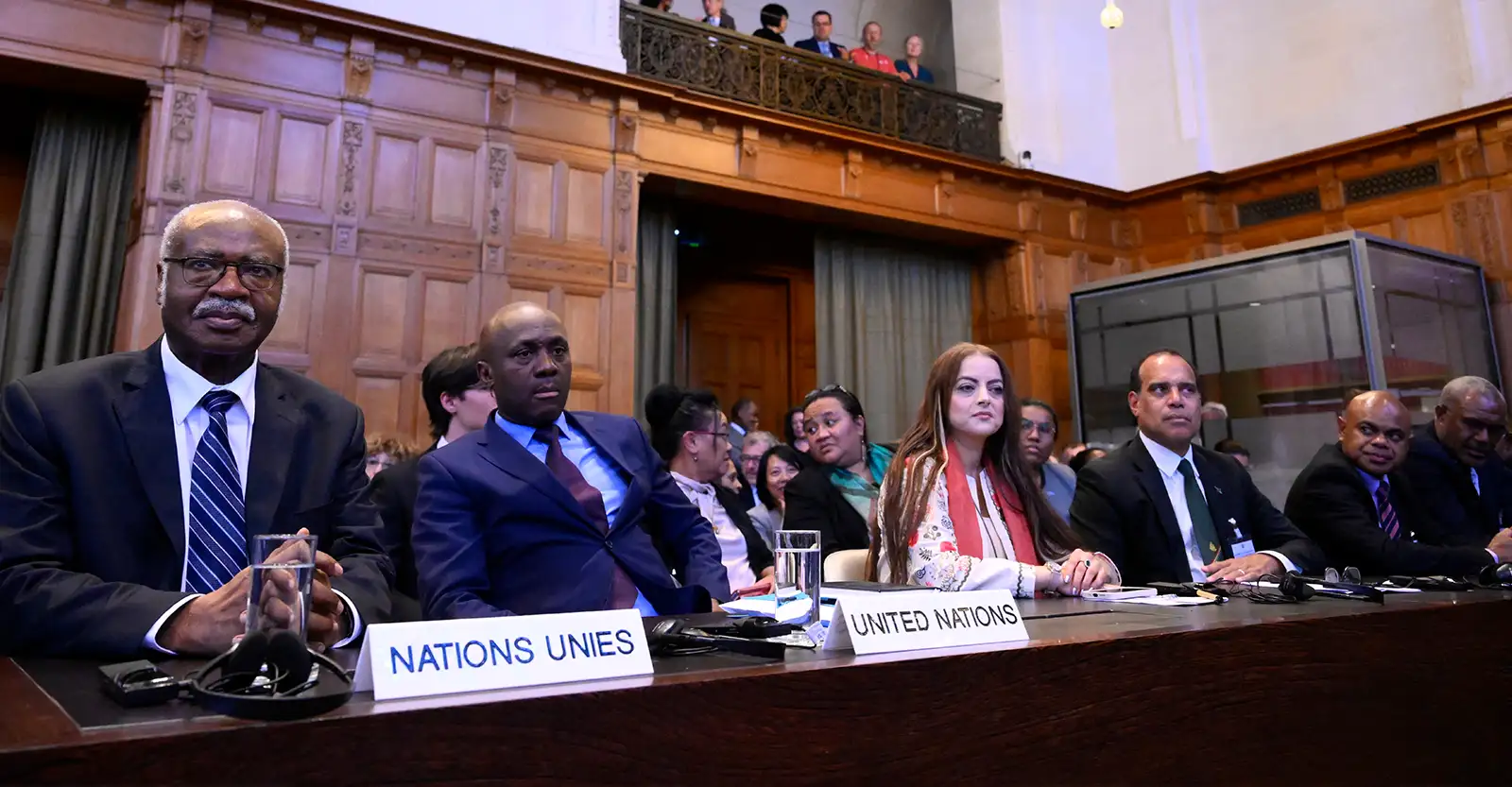
Minderoo’s work at COP30 is focused on platforming evidence and practical approaches that help build climate ambition and turn commitments into action on the ground.
Ocean protection
We are working with partners to support Marine Protected Areas, which help maintain biodiversity, fisheries and coastal resilience.
Better information for decision-making
We support the use of environmental DNA and other marine science tools that help track how ocean ecosystems are changing.
Understanding extreme humid heat
Through the Lethal Humidity Global Council, Minderoo is supporting world-leading research to expose the already significant impacts of humid heat on human survival, health, food security, migration and productivity to inform policy change.
What’s next
After COP30, the focus turns to how decisions are put into practice. The outcomes in Brazil will influence how quickly emissions are reduced, how communities prepare for a hotter climate and how natural ecosystems are protected.
The goal now is to make sure commitments translate into practical outcomes for people and the environment across Australia, the Pacific and the world.
